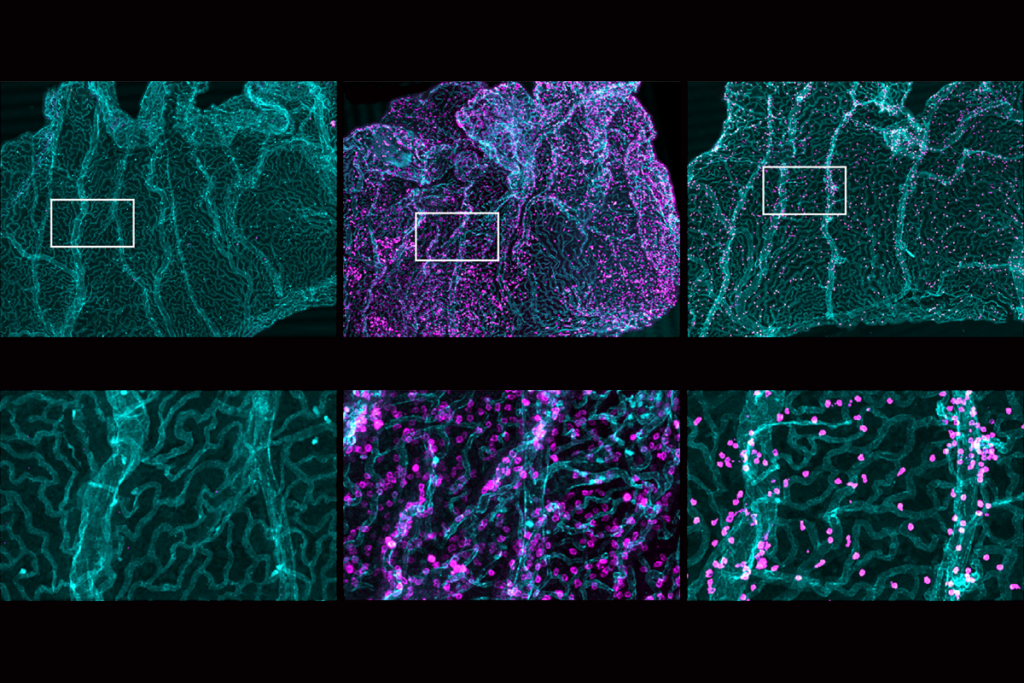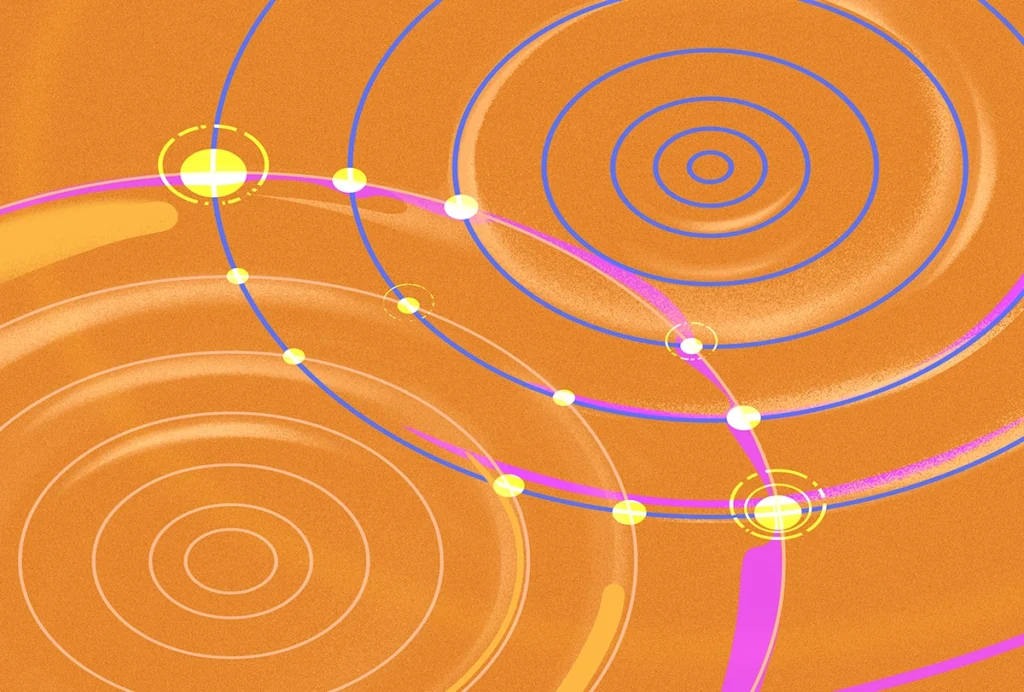Charles Piller writes investigative stories for Science.
He previously worked as an investigative journalist for STAT, the Los Angeles Times, and The Sacramento Bee, and he has reported on public health, biological warfare, infectious disease outbreaks and other topics from the United States, Africa, Asia, Europe and Central America.
Piller has won numerous journalism honors, including the 2016 AAAS/Kavli Science Journalism Award, the American Society of Tropical Medicine and Hygiene Communications Award, the National Council on Crime and Delinquency PASS Award, the First Amendment Coalition Free Speech & Open Government Award, a 2023 Award for Excellence in Science Communications (from the National Academies of Sciences, Engineering, and Medicine and Schmidt Futures), and the 2023 and 2024 National Institute for Health Care Management Trade Journalism Award.
“Doctored: Fraud, Arrogance, and Tragedy in the Quest to Cure Alzheimer’s,” Piller’s book for Simon & Schuster/One Signal Publishers, is slated to be published in February 2025. He previously authored two investigative books about science and has testified before the U.S. Senate about his investigations of government compliance with the Freedom of Information Act, and workplace electronic surveillance.



